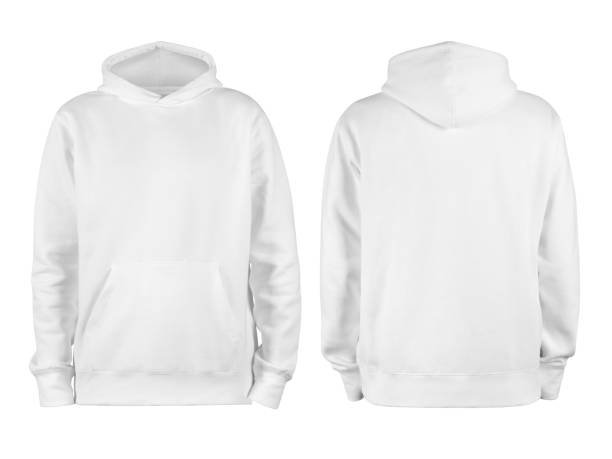
A hoodie size chart helps reduce returns and improve customer satisfaction. It allows buyers to compare their body measurements with garment specifications. Accurate charts build trust in your brand.
Sizing charts vary depending on gender and fit. Unisex hoodies may need broader ranges. Always specify whether your chart applies to slim, regular, or oversized hoodies to avoid confusion.
Brands often lose customers due to sizing confusion. Offering clear and visual charts with measurements in inches and centimeters helps in both domestic and international markets.
By understanding your audience and hoodie style, you can create a chart that eliminates guesswork. This can directly influence sales and long-term brand loyalty.
Begin by measuring chest, waist, length, and sleeve. For chest, measure around the fullest part. For length, measure from shoulder to hem. Consistent methods are essential for accuracy.
Use a flat surface and soft measuring tape. Place the hoodie flat and measure seam to seam. Note each measurement clearly, and apply it across all your hoodie variants and sizes.
Include a guide on how customers can self-measure. Use diagrams for clarity. The more guidance you offer, the easier it becomes for them to find their best fit.
Accuracy matters. Even a one-inch variation can result in returns. Stick to industry standards like XS to XXL, and allow tolerances of 0.5 to 1 inch for flexibility.
Present your chart in table format. Columns should include size (XS to XXL), chest, length, sleeve, and optionally waist. Make the layout mobile-friendly for online stores.
Highlight key measurements with bold text or contrasting colors. Add a small note for shrinkage if the hoodie is cotton-based. This prepares buyers for realistic expectations.
Always test your chart. Ask friends or customers to try it. Gather feedback and adjust accordingly. A great size chart evolves over time based on customer interaction.
In industries like rent a car service, presentation matters. Just as vehicle specs are clearly laid out, your hoodie chart should be clear, structured, and confidence-boosting for users.
Each hoodie style may require a unique chart. Zip-up hoodies fit differently than pullovers. Crop hoodies need shorter length measurements. List these distinctions in your product pages.
Kids` hoodie sizes differ completely. Use age groups and height as guides. Also provide adult-to-youth comparison charts when applicable. Help parents pick the right size for kids easily.
Gender-specific charts should reflect body differences. Women’s hoodies may taper at the waist. Men’s versions often have broader shoulders. Always mention if the product is gendered or unisex.
When dealing with oversized fits, explain how they differ from standard sizes. Help the buyer understand how a large hoodie differs in regular vs oversized styles.
Include chest, length, and sleeve measurements. Optional fields can be waist and shoulder width for more accuracy.
Both. Offering dual units helps international buyers and enhances convenience for all customers.
Offer a clear guide with visuals, explain fits, and encourage self-measurements to match your chart.
No. Different fits like crop, zip-up, and oversized hoodies need individual charts for best results.
Review it every few months or when you launch new styles. Customer feedback can help refine the chart.